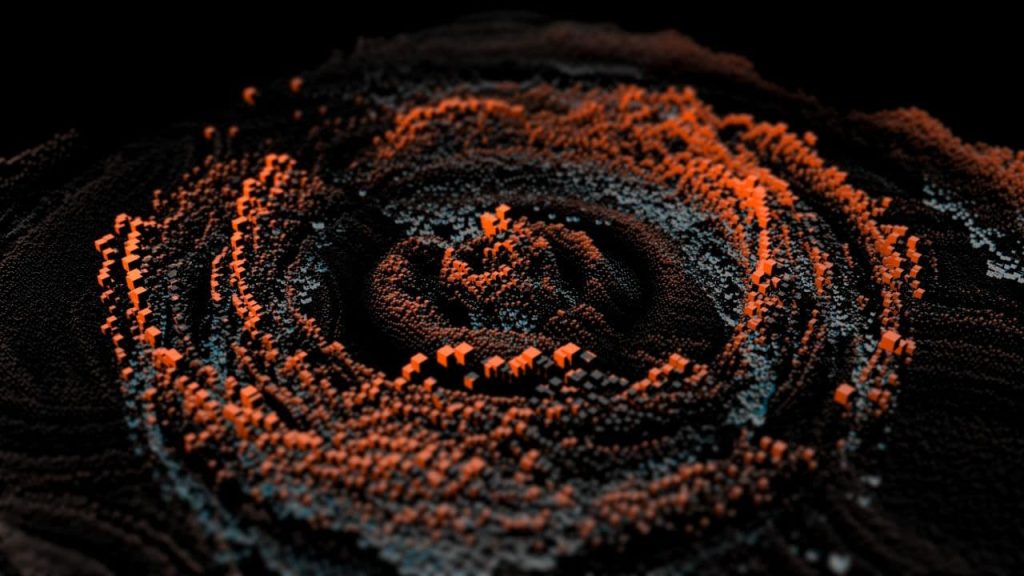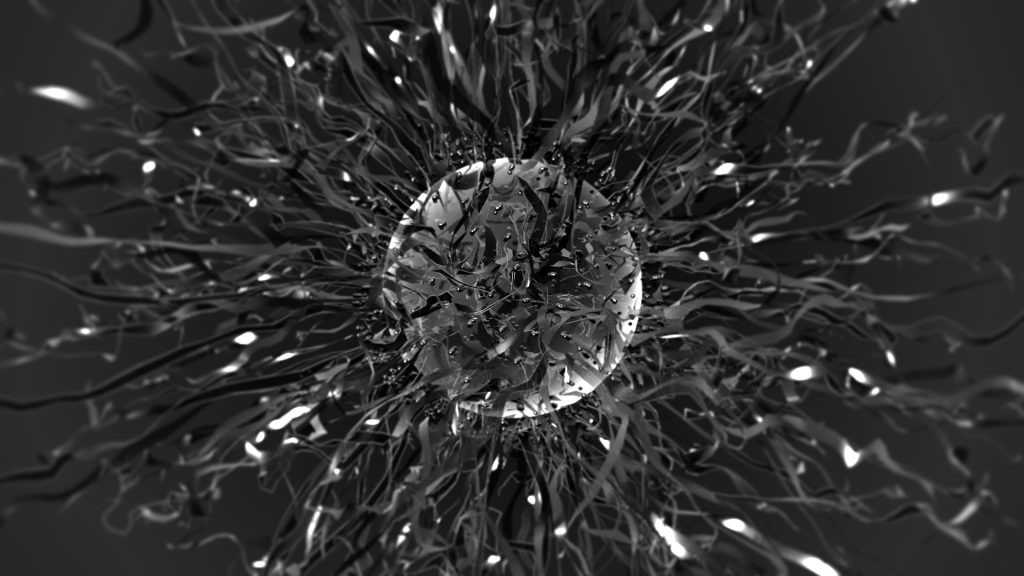Generative art is a new media art style that, in whole or in part, has been created by an autonomous system. Generative art is also referred to as Coding Art, Interactive Art, or Generative Design.
 The key element of generative art is that it’s generally non-human, and the autonomous systems can independently determine the features of an artwork that would in non-generative artform require a direct decision made by the artist.
The key element of generative art is that it’s generally non-human, and the autonomous systems can independently determine the features of an artwork that would in non-generative artform require a direct decision made by the artist.
If a traditional artist might spend months developing an idea or painting a canvas, generative artmakers use computers to develop codes and algorithms to generate thousands of patterns.
Of course, the creative process isn’t completely randomized; the creative coder writes algorithms and provides boundaries to the software. The computer follows the set rules to generate new artwork on behalf of the artist’s code.
If you are a musician, you might not be skilled in coding, which is the primary knowledge for making generative art, but the good news is – you don’t need to create visuals yourself. There are generative music visualizers such as doodooc.com. This online music visualizer provides 400+ audio-reactive visualization templates and analyzes 11 layers of music using AI to create unique pieces of visual art on top of your audio. All templates are code-generated and work based on mathematical formulas and algorithms, which ensures a more precise reflection of the music through the visuals.
The only way to leverage listeners on social media is to have engaging visuals. Studies have found that 83% of people watch their videos on mute, so you need to have something interesting happening on the screen.
Art compliments art, and backing up your music with generative visualizers is the most optimal way to create content that people will interact with and come back to!

